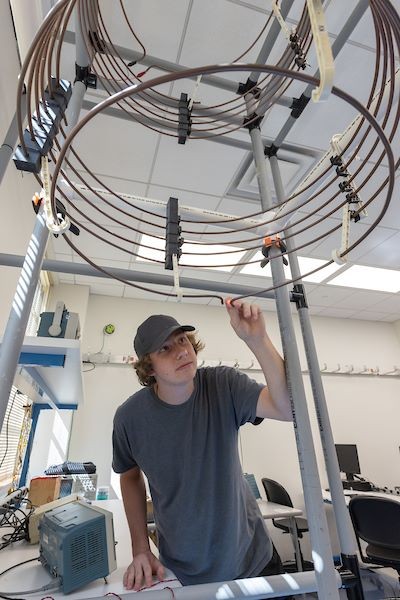
Advanced Communications and Networks
The Advanced Communications and Networks research cluster at Miami University is dedicated to next-generation communication technologies, combining intelligent wireless systems with advanced signal processing. Research areas span radar sensing, IoT security, optical networks, and real-time optimization, supporting innovations in connectivity, security, and remote sensing applications.
Labs and resources
The Radar Sensing Lab (RSL) is the laboratory dedicated to exploring the fusion of sensing and communications. It houses the software-defined ultra-wideband (UWB) orthogonal frequency division multiplexing (OFDM) system, the first ever developed, and built. The system is capable of generating, transmitting, and receiving UWB OFDM waveforms in the baseband spectrum of up to 600 MHz, with flexible sub-carrier allocations. The laboratory also includes a radar range with various custom-made reflectors. High-speed oscilloscopes (Keysight DSOS204A High-Definition Oscilloscope) are used for signal analysis and recording. The setup allows for investigations in object detection, scene imaging, data communications, networking, and positioning/navigation.
The Laboratory for Smart Wireless Communication Networks has direct access to Miami's RedHawks Cluster which provides high-performance computing resources with both CPU and GPU based computing nodes and large memory nodes. The group also owns an AI workstation with 12-core CPU @ 3.5GHz and 2 Nvdia Quadro RTX 6000 GPU for fast deep learning and reinforcement learning. In addition, the lab possesses a group of DJI MAVIC Air 2 and Tello quadcopters. All the quadcopters are programmable drones that come with dedicated remote controllers and software development toolkits (SDK) for task customization.
The Software Defined Radio Lab is equipped with several NI-USRP which can be programmed to generate and receive different types of signals over the air for investigation. The major focus of this lab is to apply machine learning to classify communication/radar signals, model communication system/radar behaviors, and detect anomaly radar/communication system behaviors. This research can be applied in numerous areas such as RF environment surveillance, cognitive radio, intrusion detection, etc.
CEC faculty working in this research cluster
Faculty in this cluster lead research in wireless communications, radar systems, and network security – advancing technologies that shape the future of connected systems. Select a faculty researcher below to learn more about their work and recent publications.
Suman Bhunia , Ph.D
Distributed Adaptive Beam Nulling to Survive Against Jamming in 3D UAV Mesh Networks
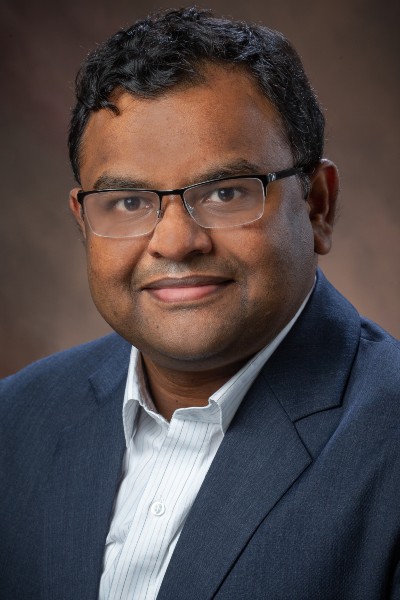
Chi-Hao Cheng, Ph.D
A Sub-Nyquist Receiver for Joint Signal Frequency and Angle of Arrival Detection
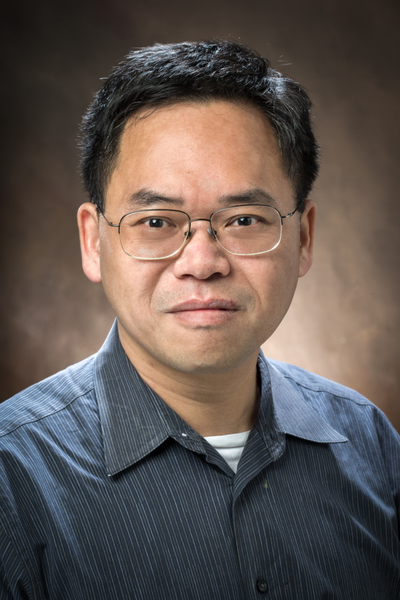
Gokhan Sahin, Ph.D.
Authentication through PHY Layer: Channel Impulse Response
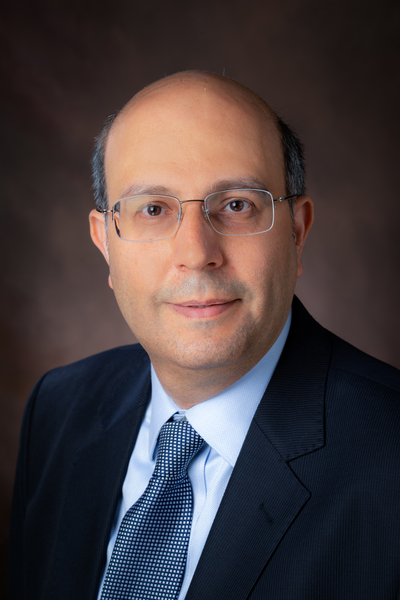
Dmitriy Garmatyuk, Ph.D.
Random Sequence Encoded Waveforms for Covert Asynchronous Communications and Radar
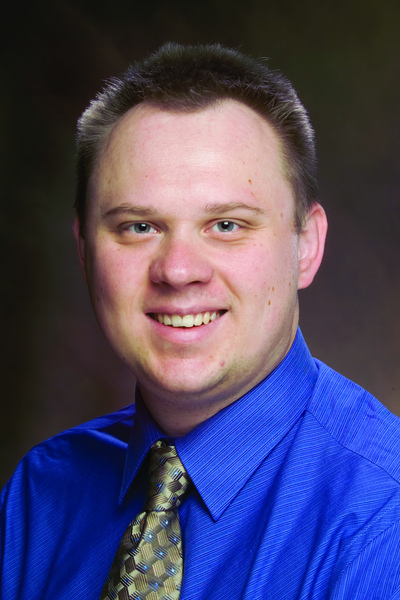
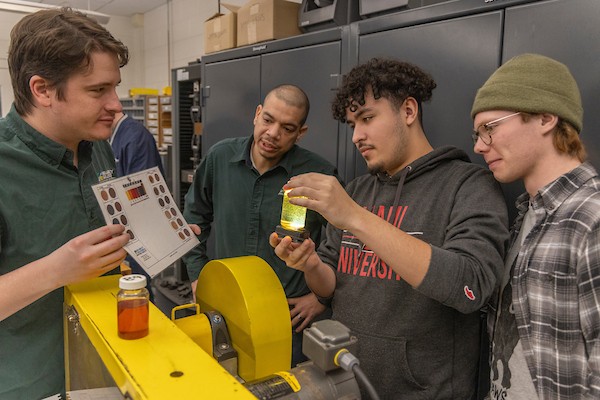
If your company is interested in benefiting from research opportunities and faculty expertise at the College of Engineering and Computing, please contact:
Jenni Szolwinski
Director of Industry Relations
Miami University
513-529-0702
You can also learn more about partnership opportunities by following the button below.
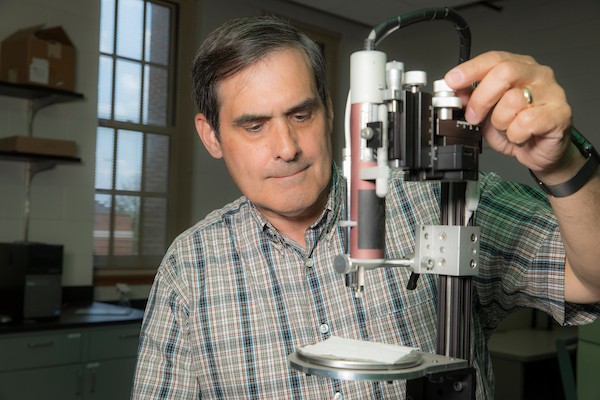
Below, you’ll find contact information for the faculty members involved in this research cluster. Feel free to reach out if you’d like to get involved as a student researcher!